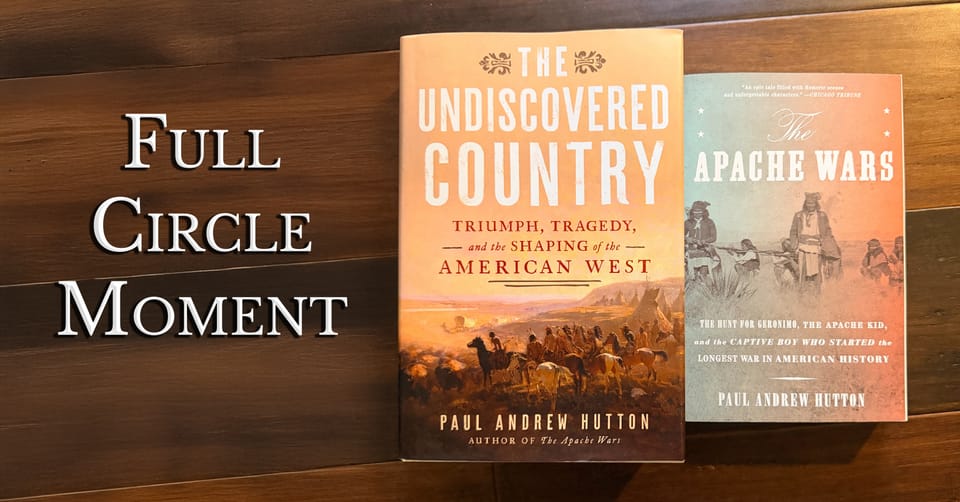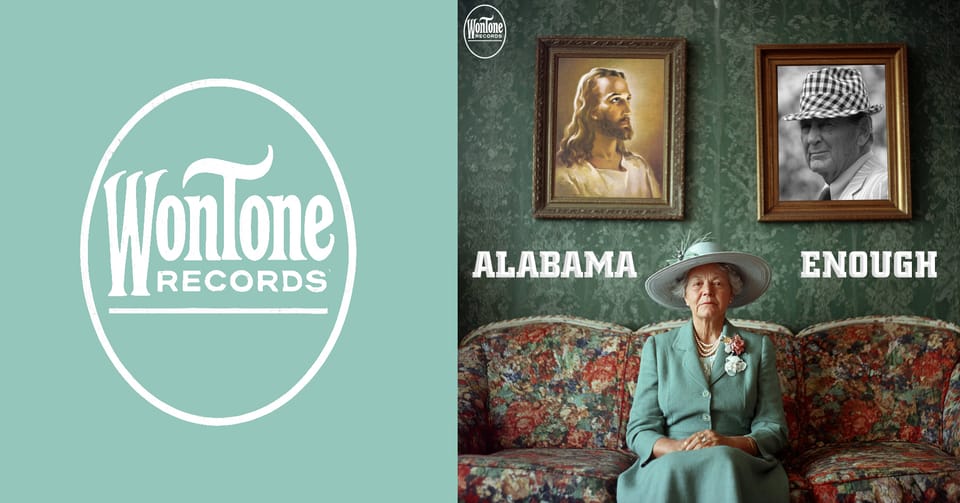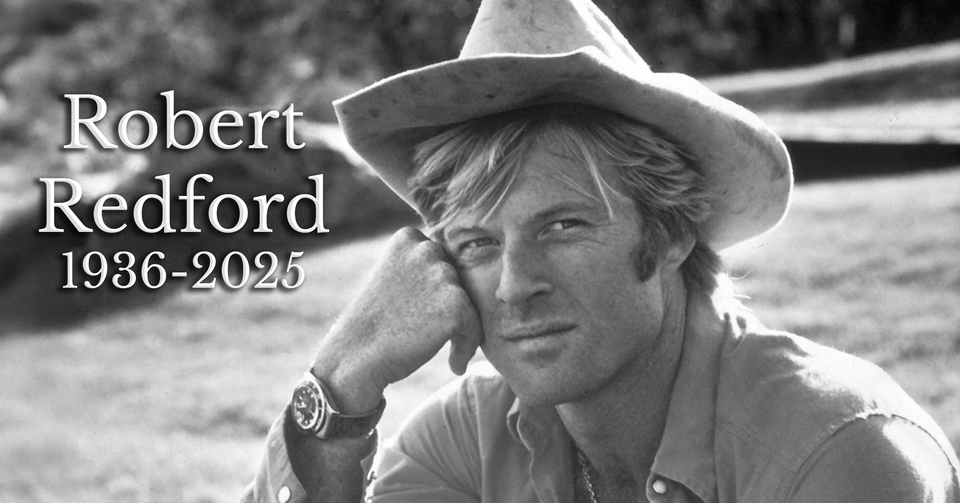What We Stand to Lose at Dinosaur
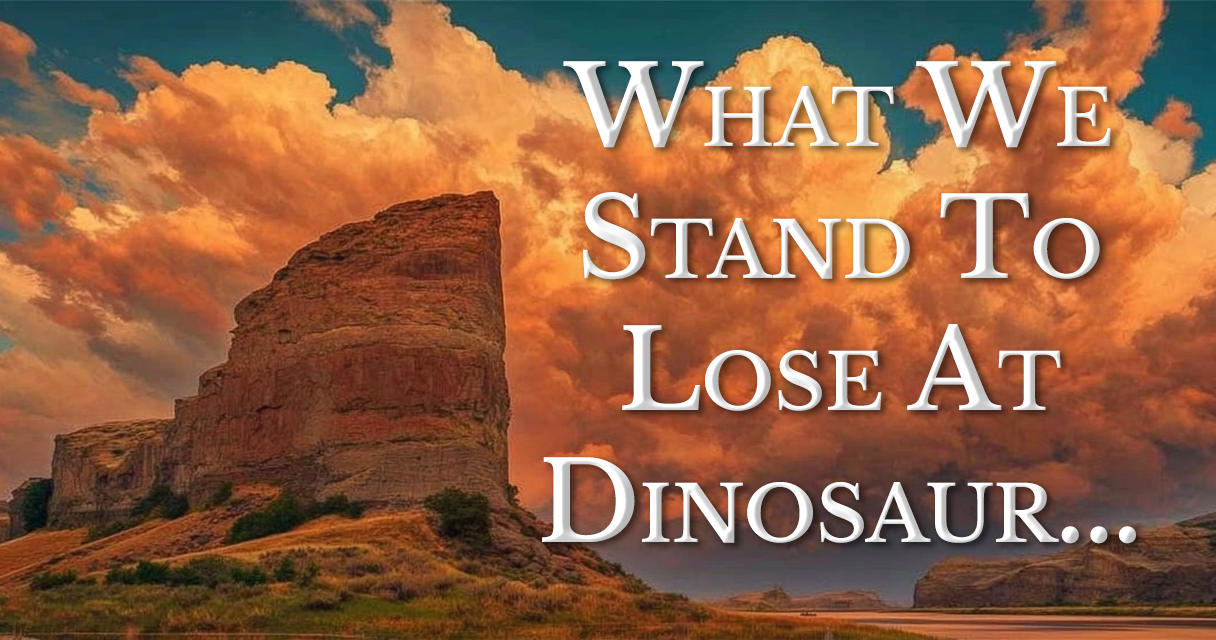
There’s a photo in a family photo album, from way back when you took a thing called film to a place called a photomat, where they did a thing called developing said film, and you put a physical copy of the resulting photograph in a book where your mom wrote something pithy alongside the date or location the image was captured.
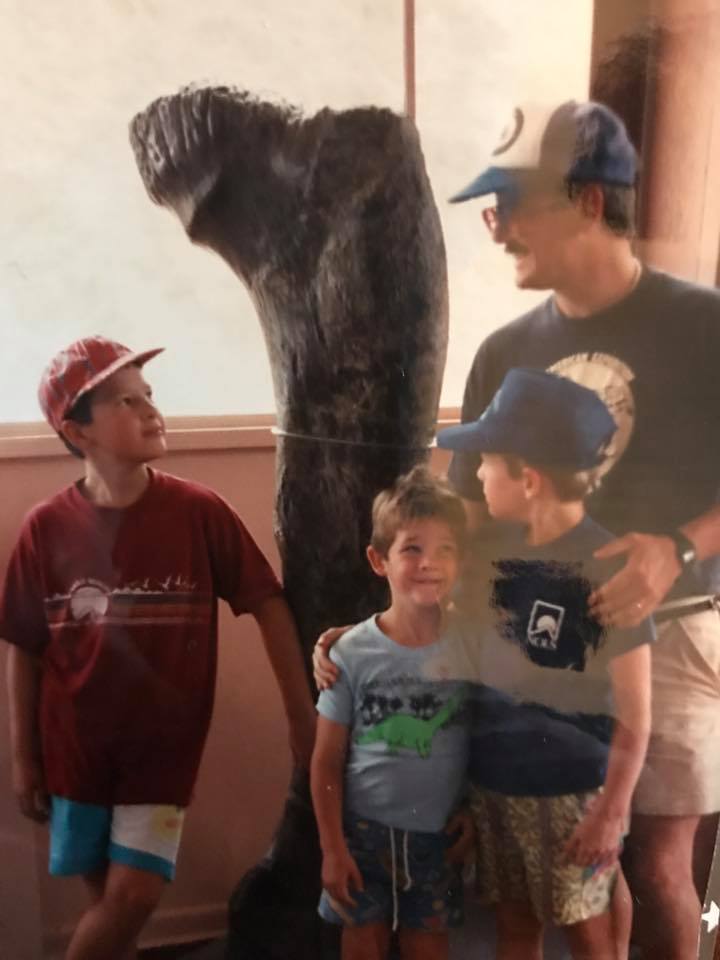
This particular photo was taken in the late 80s at the visitor center at Dinosaur National Monument. In the middle is a massive dinosaur leg fossil. That’s me wearing the red hat on the left, looking up admiringly. It’s a 50/50 shot whether I’m admiring the fossil or my dad. On the left, my dad is grinning at me, knowing he’s brought his nine year old son and his brothers, seven and five years old, to stand before, marvel at, and appreciate the massive bones of dinosaurs in a place where they once walked the earth.
I remember this trip pretty well. It was on spring break that year, and my birthday was the first day of the trip. So that night, Mom and Dad gave me my present, a small flake of stone adhered to a paper card, which explained that in my hands I was holding part of a fossil that had once been a dinosaur. For a young boy in the late 1980s, life didn’t really get much better than that.
Our family camped way down in the National Monument at Echo Park Campground many times. On at least two or three of those camping trips, we were joined by our family friends the Wilsons. One year, the place was overrun by crickets. Scientists will tell you that these are actually Anabrus simplex, members of the Anabrus genus with other katydids, and not crickets at all. That doesn’t stop everyone in the area from calling them Mormon Crickets, and it didn’t stop a young Tanner Wilson from mispronouncing them as “Moron Frickets,” a name that stuck around in family lore.

One of those trips, I caught strep throat bad enough I couldn’t swallow and I was gagging to the point where I couldn’t drink water. I remember lying in the backseat of the Suburban, bouncing along as Dad drove back up the washboard road and along Highway 40 towards Vernal, Utah. Mom sat up front, glancing back to check on me. The Wilsons stayed behind with my brothers.
The first time we visited, it felt like we were the only ones there. Echo Park felt like a secret. Then Backpacker or maybe Outdoor magazine ran a blurb naming it one of the “quietest” campgrounds in America. The next time we went, the place was full of RVers all trying to experience the solitude together. The hum of generators echoed off the canyon walls like an ambient threat. They’d come to taste the silence and instead had swallowed it whole.
Years later I stumbled across an Edward Abbey quote that really hit home: “I have written much about many good places. But the best places of all, I have never mentioned.” I thought immediately of Echo Park Campground down the long dirt road.
I didn’t go back for something like 25 years.
In 2018, my wife and youngest daughter joined me on a trip to Yellowstone. With a few extra days to make our way back East, we exited the park through the southern entrance and drove past the Tetons, stopped in Jackson, and worked our way south. I could either take I-80 east across Wyoming or head further south and work my way towards I-70. We’d come west on I-80, so I maintained my southerly course. We passed through Flaming Gorge National Recreation Area, and when we hit Vernal, I made a decision.
I was going to see if Echo Park still existed—not just on a map, but in spirit. I pointed my little Honda Civic down that same 13-mile dirt road, ignoring the signs telling passenger vehicles to think better of it.
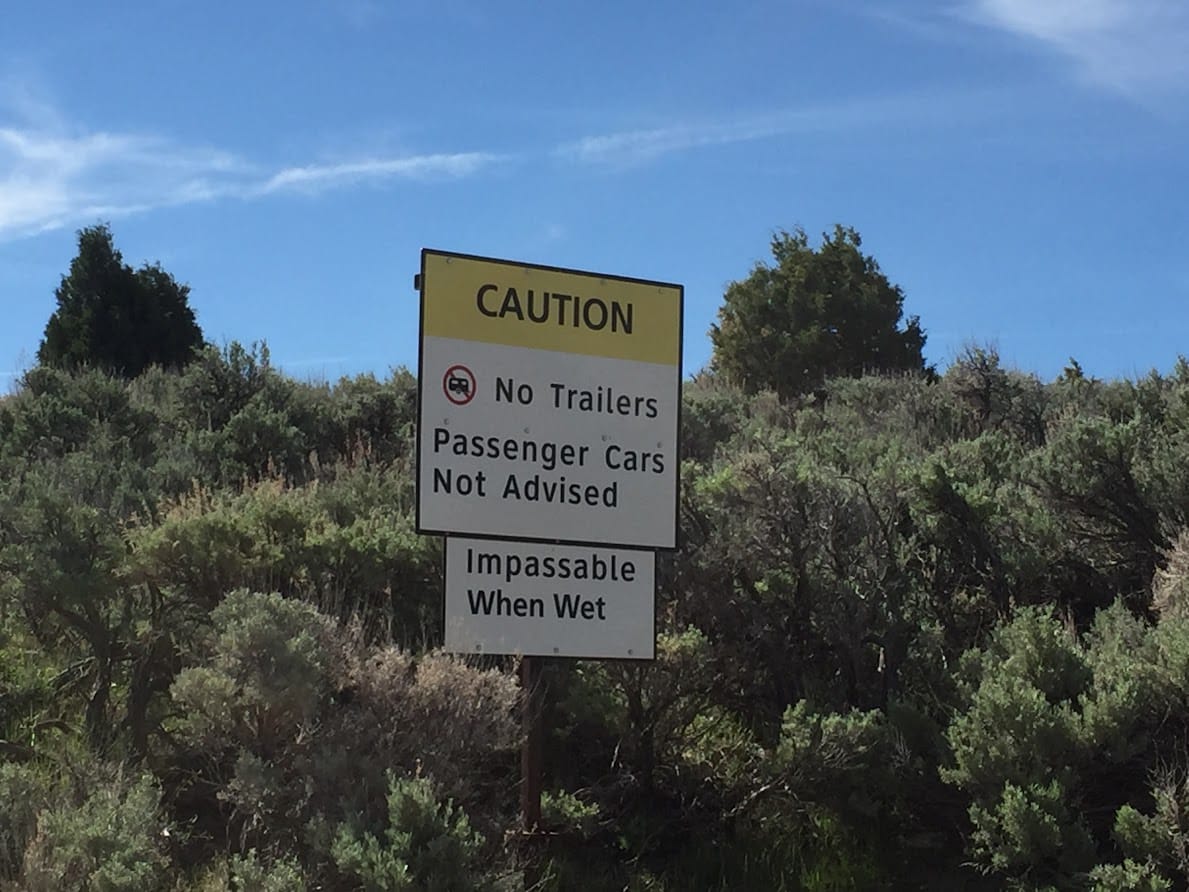
Despite assuring my wife that this was “no big deal,” that the warning sign was just an exaggeration, and that my car, which was maybe a month old at the time, would be fine, we scraped bottom a few times. With cell signal lost, I attempted to look more sure of myself than I felt as I wondered if I would be able to turn around if the road got any worse the further down into the abyss we went.
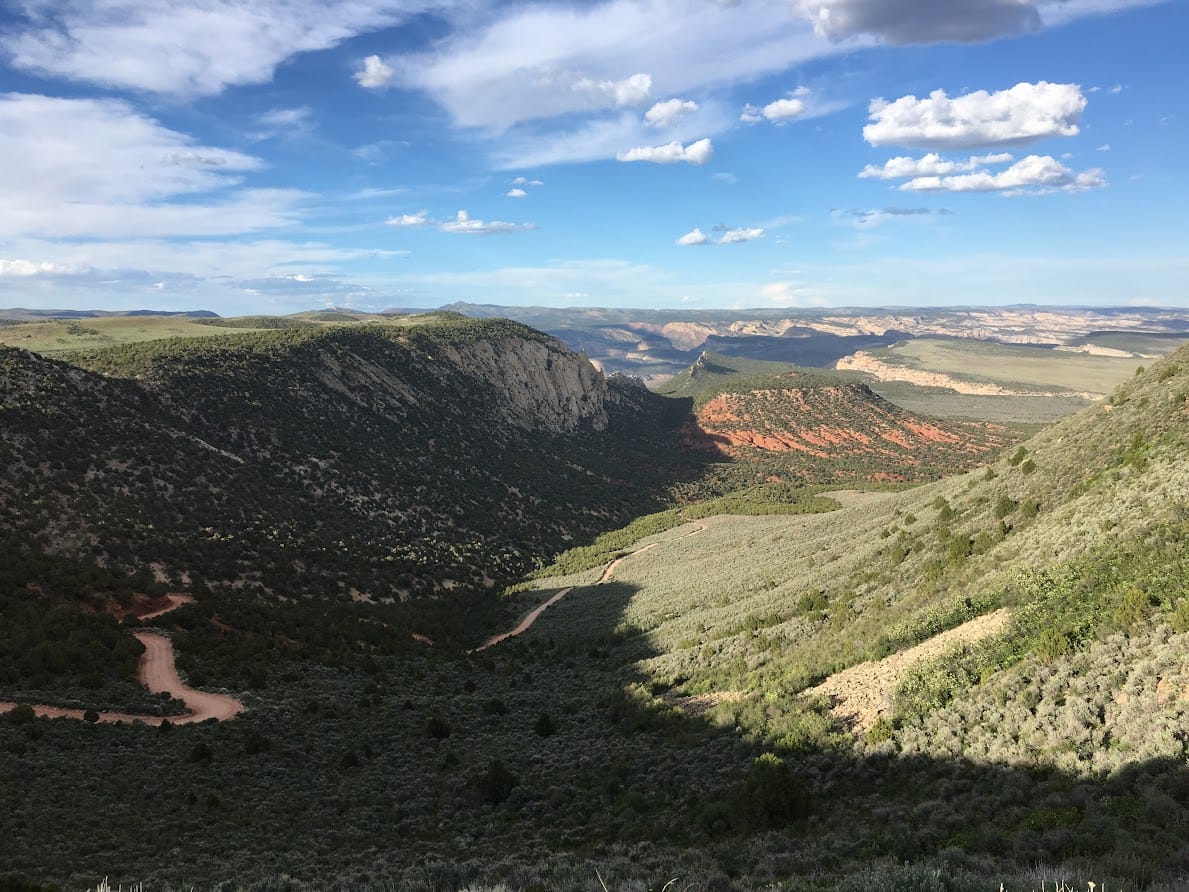
We bounced down that dirt road for more than an hour. On the way down, I couldn’t find the dinosaur footprint John Wilson once pointed out to me on the canyon wall. When we got to the bottom, I found out that the old campground was mostly gone.
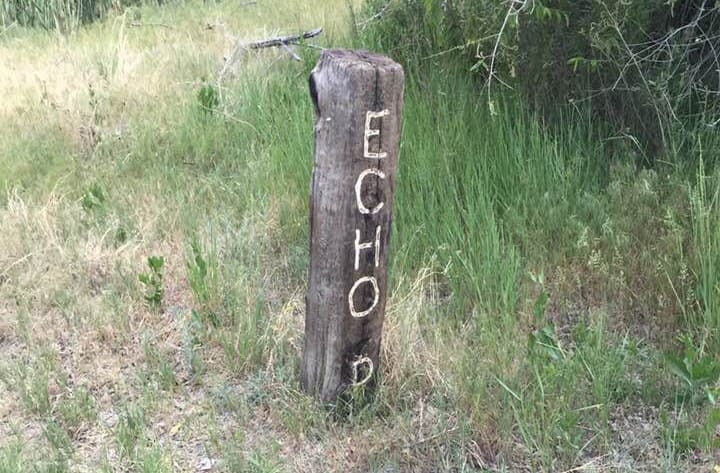
The Yampa River, which joins the Green right there between Jenny Lind and Steamboat Rock, is one of the last major free-flowing rivers in the American West—untamed, undammed, and prone to occasional flooding, like the one that took out the old campground.
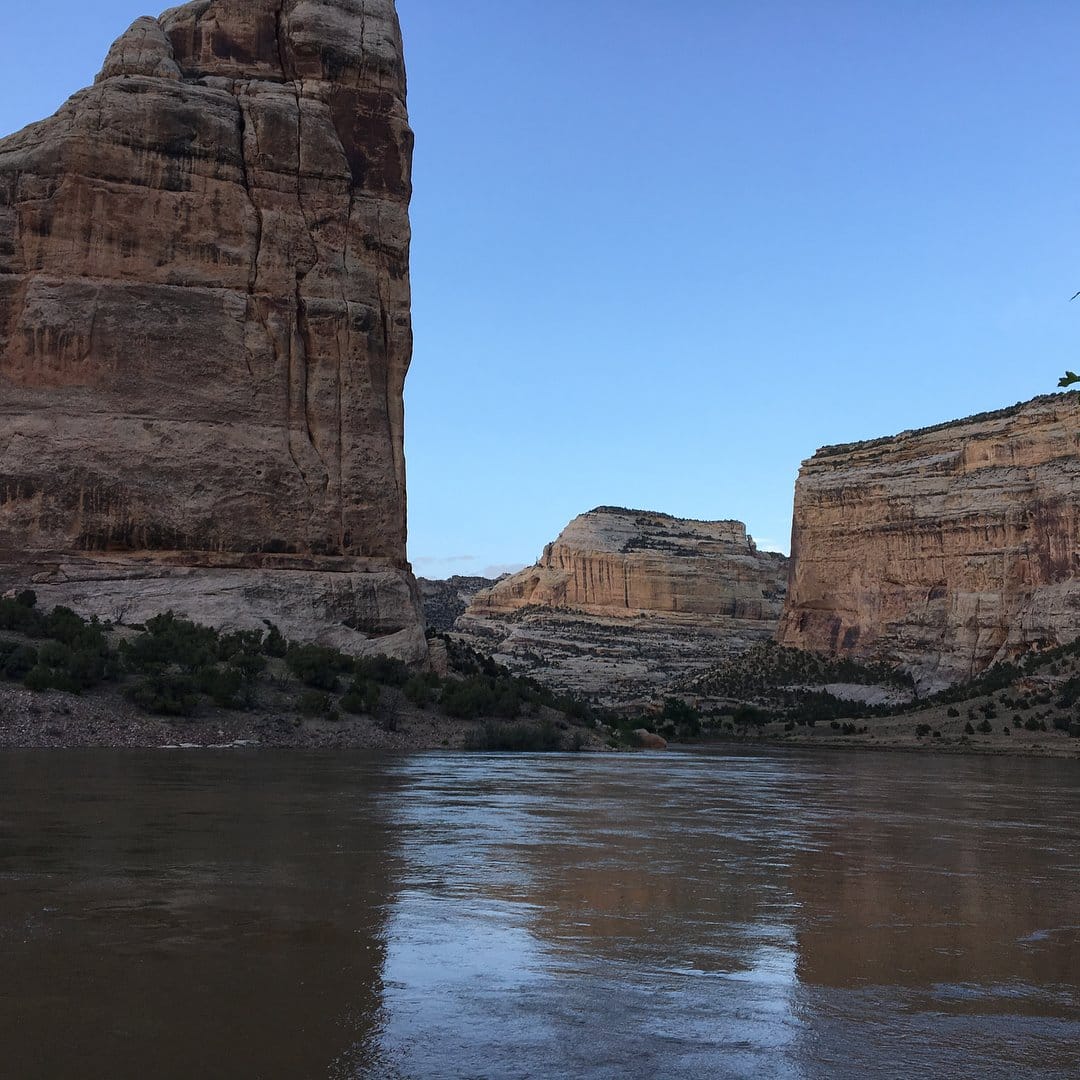
But I found something else. Peace. A kind of stillness that’s rare these days.
A few days later, my wife posted on Facebook, “I will admit, I was dubious about camping at Echo Park. How can a campground be awesome when I saw a pink dinosaur in the preceding town...well, I am so glad I did. It was the most tranquil camping I’ve experienced. Totally worth the scary drive in.”
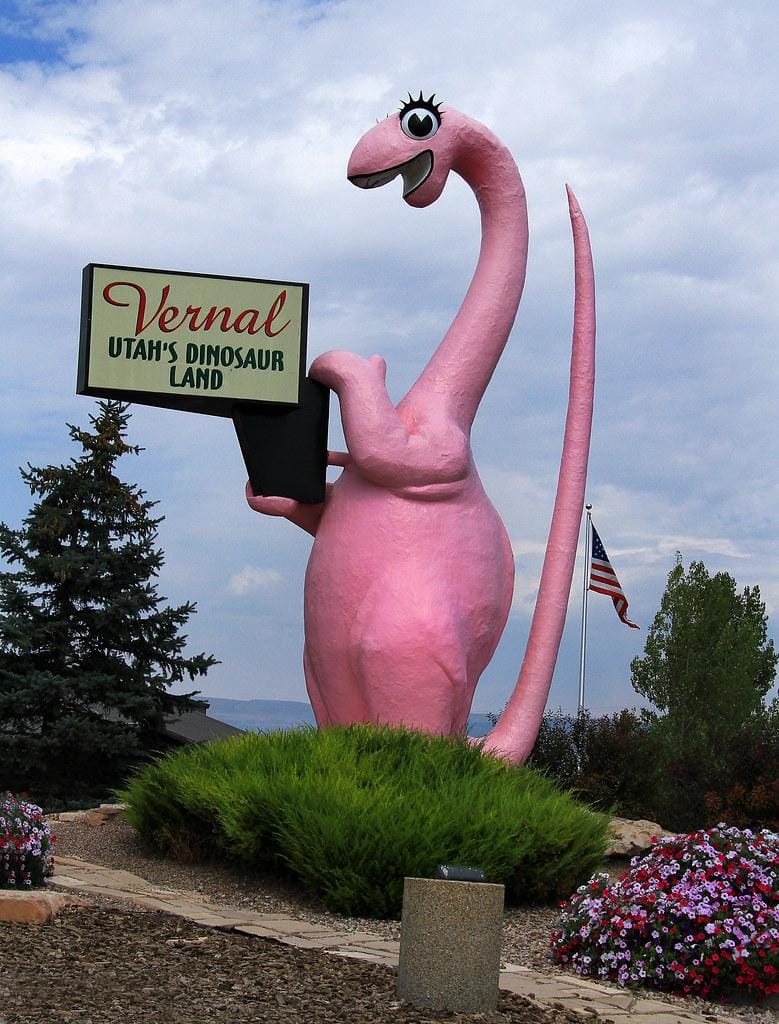
That was seven years ago.
Today I read this in the Salt Lake Tribune: “Voices: I fear for Dinosaur National Monument” (Salt Lake Tribune, July 28, 2025).
I’m not worried about the memories I made. Those are safe, locked in old family picture albums, vhs home movies, scattered remembrances of long drives and the way “Moron Frickets” still makes me smile.
I worry for the next kid who might never make that memory.
Because Dinosaur National Monument is under threat again. Not from tourists flocking together to find silence, but from policymakers.
According to the article, the Secretary of the Interior, Doug Burgum, has issued a secretarial order titled “Unleashing American Energy.” Which could be an energy drink brand shilled by the President, but is instead a policy opening national monuments—including Dinosaur—to oil, gas, and mineral extraction.
At the same time, the so-called “Big Beautiful Bill” proposes cutting nearly $4 billion from the National Park Service. Less funding means fewer rangers, crumbling infrastructure, and for Dinosaur, paleontology labs without paleontologists.
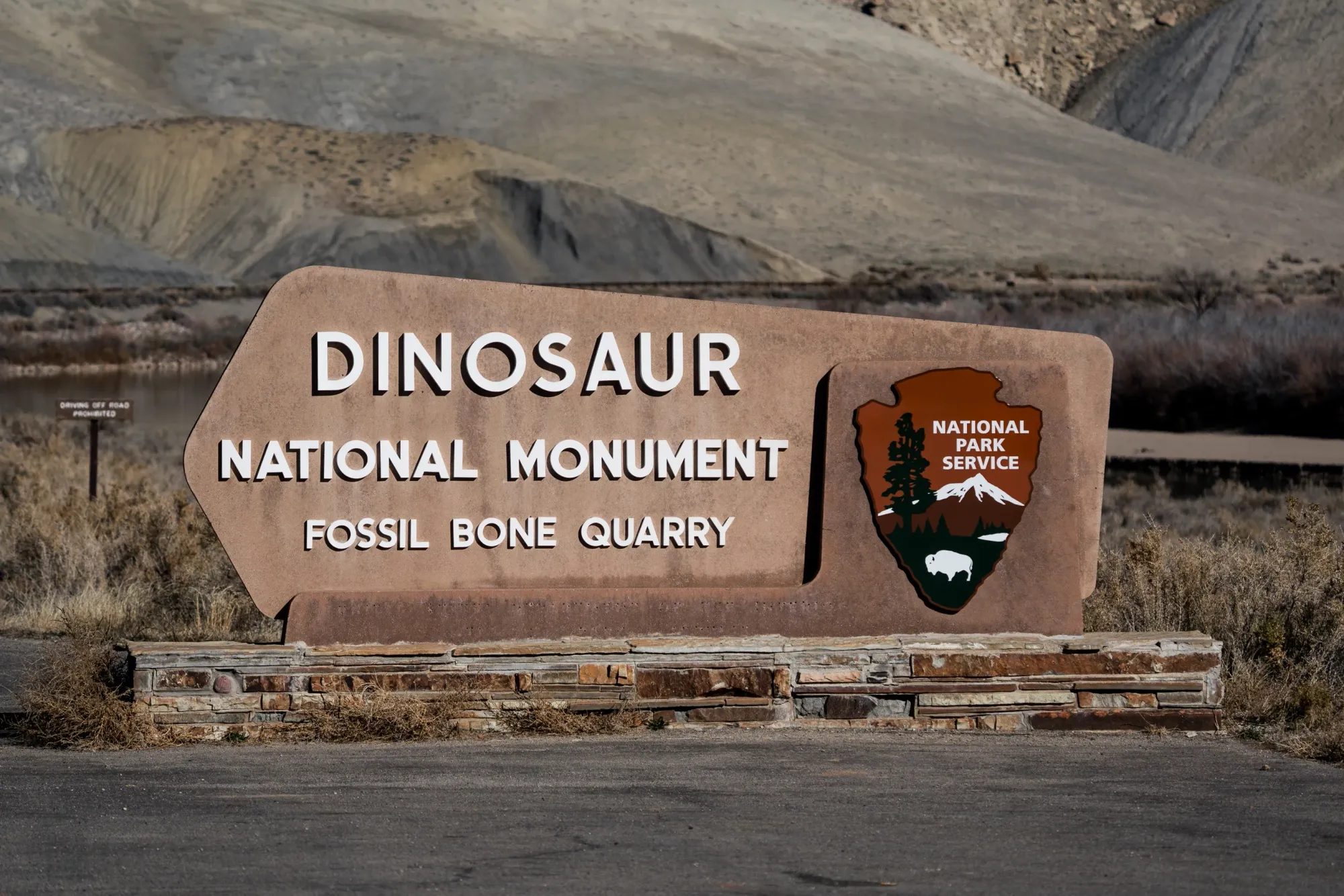
And if that weren’t enough, the educational exhibits in parks like Dinosaur—those “carefully researched and brilliantly conceived” displays that turn names and dates into meaning—are being censored to avoid offending a subset of modern political sensibilities, because it turns out the "fuck your feelings" crowd is pretty sensitive to hearing that westward expansion involved repeated attempts at committed genocide, or that dinosaurs existed more than 6,000 years ago.
Altogether, it’s a trifecta. A triptych of images painting a bleak picture of exploitation, defunding, and whitewashing. The whole point of setting places like Dinosaur aside was to protect them from short-term thinking. From the very instincts now being weaponized against it.
None of this undoes the magic of that sandstone monolith rising over the river at the "center of the universe." But it does threaten the possibility that someone else’s kid, someone whose dad wants to show them where dinosaurs once roamed, might never get the chance.
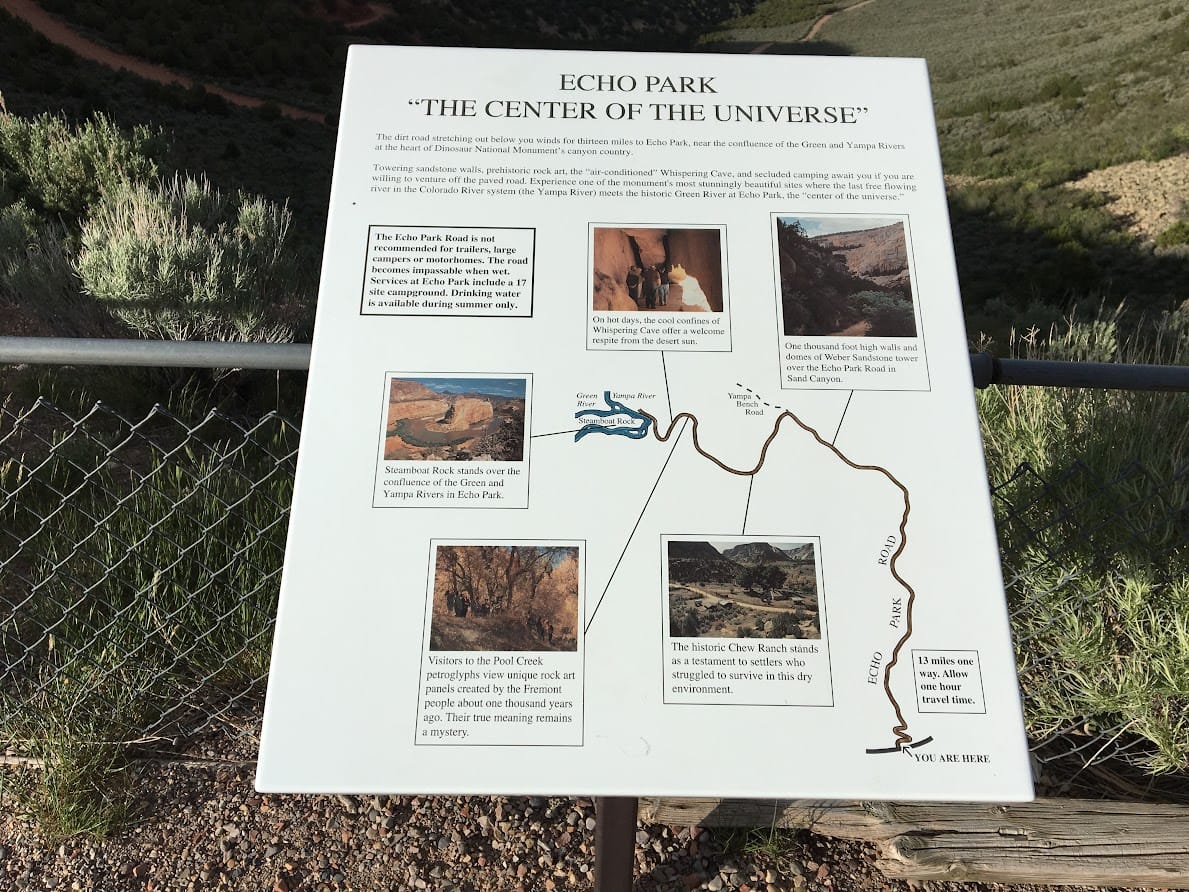
I always felt like Dinosaur National Monument doesn’t need to be famous. It doesn’t need to be liked, shared, and followed. It doesn’t need to go viral. It needs to be left alone.

I think Ed Abbey was right to keep the best places secret. But sometimes we can’t afford to. Sometimes we have to speak up, not because we want the world to find these places, but because we want them to stay lost—just enough—for the people who need them most.
Quillbilly Matt
Matthew Kerns is the Spur and Western Heritage Award–winning author of Texas Jack: America's First Cowboy Star.
